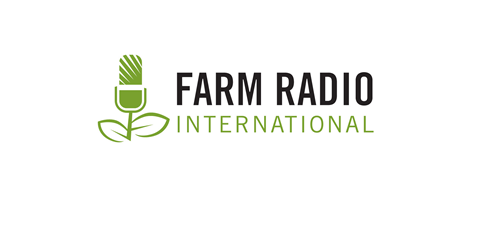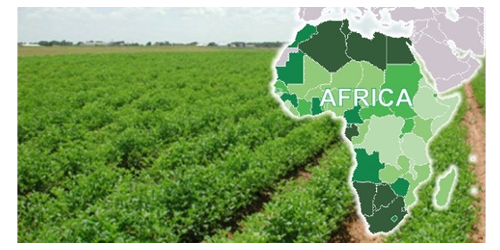Kenya: Farmers use chicken droppings to feed farmed fish

Ndinyo’s neighbours wondered what in the world he was doing! In 2013, Dominic Situma Ndinyo bought just over half a hectare of land near Pongola village in western Kenya’s Bungoma County. He planned to start a business. He started by digging 27 fish ponds and stocking them with tilapia and mud fish. Then, as his neighbours looked on in amazement, Mr. Ndinyo built chicken huts above the ponds.
For many years, most people in Pongola harvested only sand from their land, then sold the sand to construction companies. But they earned barely enough to support their families. Many complained that harvesting sand damaged the environment. They realized that they needed to find different ways of making money.
Mr. Ndinyo decided to try fish farming. After digging and filling his ponds with water, he stocked each pond with 1,300 fish. He built chicken houses above each pond to provide food for the fish. The mesh floors allow chicken droppings to fall directly into the ponds below. The droppings fertilize the water and feed the fish.
Chicken droppings are a good source of nutrients. Mr. Ndinyo explains: “I learnt that the chicken only uses up to 30 per cent of the nutrients from its feed, leaving 70 per cent [in its] droppings. When the fish eat the droppings, they receive … protein, carbohydrate, vitamins and minerals.”
Ann Wafula is another fish farmer in Pongola village. She too has taken up integrated chicken and fish farming. Ms. Wafula says the fish also benefit from the insects that thrive on chicken manure. The droppings not eaten by the fish provide the insects with nutrients. She says: “When the droppings fall into the fish pond, they will settle at the [bottom]. Then, with time, insect larvae develop and the fish eat the larvae.”
Mr. Ndinyo saves money by using chickens as a source of fish food. He saves 50 per cent on feed. He explains, “In each pond I [would] use about 30 bags of [shop-bought] feed [per] year, but I only [need to] buy 15 bags.”
A 20-kilogram bag of feed costs 2,000 Kenyan shillings [$22 U.S.]. So Mr. Ndinyo saves about $330 U.S. every year for each pond, or almost $9,000 U.S. for his 27 ponds.
Mr. Ndinyo made a profit of more than $10,000 U.S. from his fish farm last year. He also earned nearly $850 U.S. from selling his chickens. He says: “It takes only three months for the chickens to mature for sale. Every three months, I sell [them] and buy new chicks. The fish have enough droppings [to eat as] they mature. [I make a] huge profit from both fish and poultry.”
Integrated fish and poultry farming is gaining popularity in the area. Farmers visit Mr. Ndinyo every day to learn how to make the fish ponds and the chicken houses. He helps farmers buy young fish to stock their ponds.
Evelyn Magma started a fish and poultry farm of her own nearby. She says, “We have realized that we have wealth in our area through fish farming, [and we are] supporting our families.”
Mr. Ndinyo now employs 15 permanent workers on his farm. During school holidays, he employs about 20 young people who earn money for their school fees.
He is using his profits to buy more land and expand his business. The Bungoma County authorities are building a fish processing factory in the area to meet the steady demand for fish. Mr. Ndinyo and his fellow farmers are hopeful that their standard of living will continue to improve.
Source: Farm Radio International



